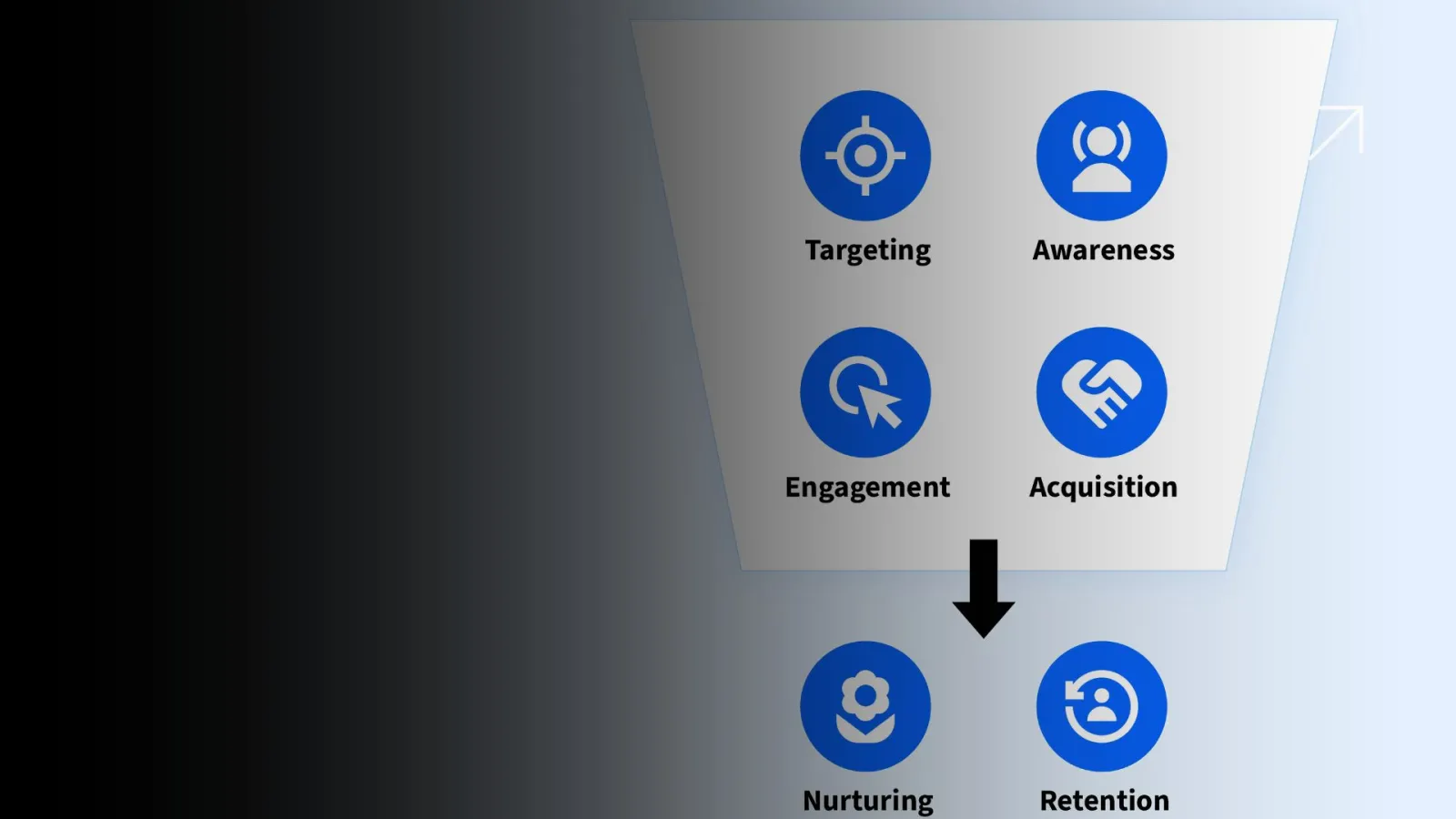Think about your last big campaign. You spent crores on creative, media, rep detailing, webinars. The numbers spiked. For a few weeks, it felt like traction. And then, a flatline. Doctors moved on, patients dropped therapy, and the next brand launched another splash.
That’s the cycle pharma has been stuck in: campaign highs followed by silence. Money spent, little value carried forward.
Lifecycle marketing flips that equation. Instead of one-off pushes, it builds compounding engagement. Every interaction with a doctor or patient strengthens the next. Every campaign is not an ending; it’s a layer.
This is how pharma stops bleeding money on short-term spikes and starts building long-term value.
Why Campaign Thinking Fails in Pharma
Campaign thinking comes from FMCG. Blast awareness, drive purchase, move on. It works when you’re selling shampoo. It doesn’t work when you’re asking doctors to prescribe therapies for chronic diseases that patients take for years.
Doctors don’t think in campaigns. They think in patient journeys. Patients don’t remember your last big event. They remember if you made it easier to stay adherent month after month.
The gap is obvious. Pharma is still chasing reach and impressions. Doctors and patients want relevance and continuity. That mismatch is why campaign ROI looks impressive on paper but weak in reality.
What Lifecycle Marketing Looks Like
Lifecycle marketing is about mapping and sustaining relationships across time.
- A doctor who attended your webinar doesn’t just get a thank-you email. They get context-driven updates for the next quarter, reinforced by a rep who knows exactly what they saw.
- A patient who starts therapy doesn’t just receive a starter kit. They get nudges at 30, 60, 90 days: personalised, localised, and scaled.
- A caregiver doesn’t just join a WhatsApp group. They get ongoing resources tied to their patient’s therapy stage.
The point is compounding. Each touchpoint builds on the last. No resets. No silos.
The Role of a Pharma Digital Marketing Agency
A strong pharma digital marketing agency makes lifecycle marketing real, not just a slide in strategy decks. Here’s how:
- Unified Data Spine. All doctor and patient interactions- rep visits, WhatsApp nudges, webinars, portals- sit in one system. No lost history.
- Journey Design. Instead of campaigns, journeys are mapped. Entry, nurture, reinforcement, retention. Each stage has its own cadence.
- Automation at Scale. No team can manually run thousands of micro-journeys. Tech handles it, ensuring personalisation without human bottlenecks.
- Compliance Built In. UCPMP 2024 rules aren’t a drag; they’re embedded. Nothing goes live without approvals, and audit trails are automatic.
- Outcome Measurement. ROI is tied to engagement depth, adherence, and prescription lift, not vanity metrics.
This is how campaign spend stops being a sunk cost and starts building equity.
The Indian Reality
In India, lifecycle marketing isn’t optional. It’s survival. Chronic therapy is exploding outside metros, and Tier 2/3 doctors are the growth drivers. If your engagement is just bursts of activity, you’ll never stick in their recall.
Doctors there want ongoing relevance in local languages, lightweight platforms, and reps who arrive prepared. Patients want support that doesn’t vanish after the first prescription. Lifecycle marketing delivers both.
The agency that gets India right doesn’t just run campaigns; it builds ecosystems. And ecosystems compound.
Pain → Friction → Solution → ROI
- Pain: Campaign budgets look great in quarterly reports but collapse in long-term ROI. Doctors disengage. Patients drop therapy.
- Friction: Disjointed systems. Reps, digital, and PSPs don’t talk to each other. Compliance slows continuity.
- Solution: A pharma digital marketing agency that builds lifecycle journeys, unifying touchpoints, automating personalisation, embedding compliance.
- ROI: Campaign spend compounds into lasting doctor trust, patient adherence, and predictable revenue growth.
Why CMOs Should Care
Lifecycle marketing isn’t a marketing tactic. It’s a boardroom lever. It shifts how you report. Instead of showing spikes, you show compounding curves. Instead of defending spend, you show assets that gain value every quarter.
That’s the kind of shift boards back. Because it isn’t about activity; it’s about building an engine.
Closing Thought
Campaigns burn money. Journeys build value. The CMOs who see that difference will stop chasing spikes and start compounding growth. The question is simple: are you still running campaigns, or are you building lifecycles?





